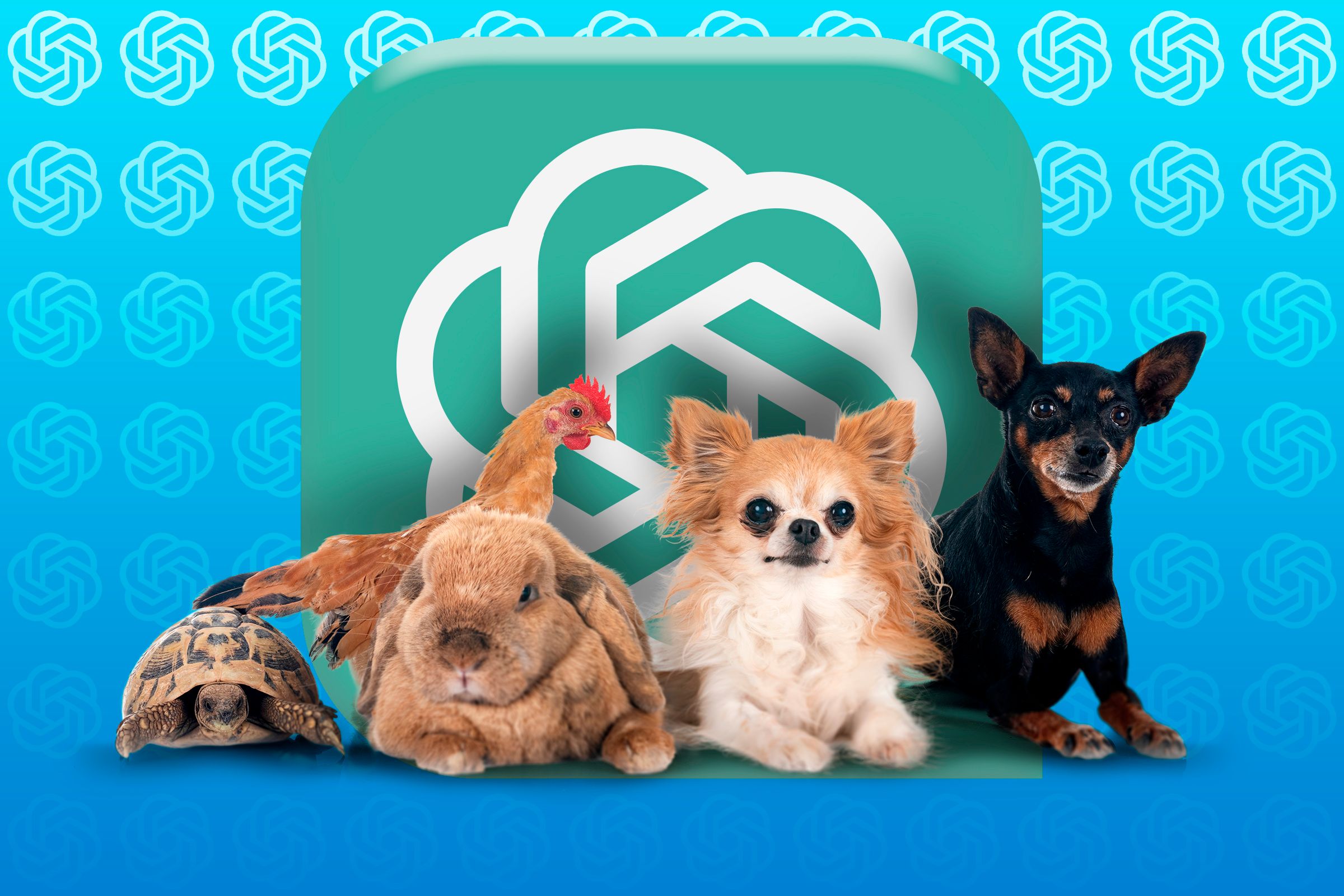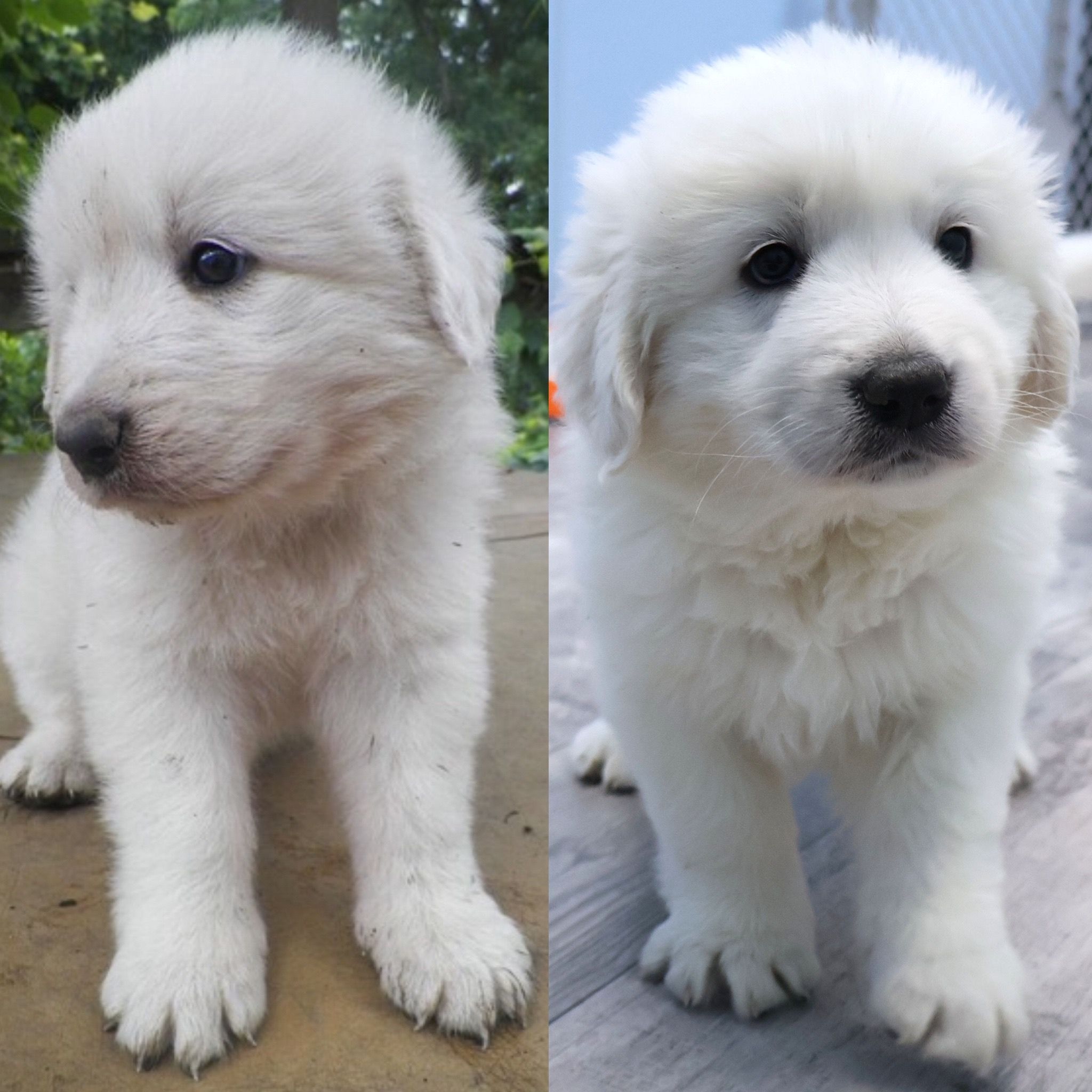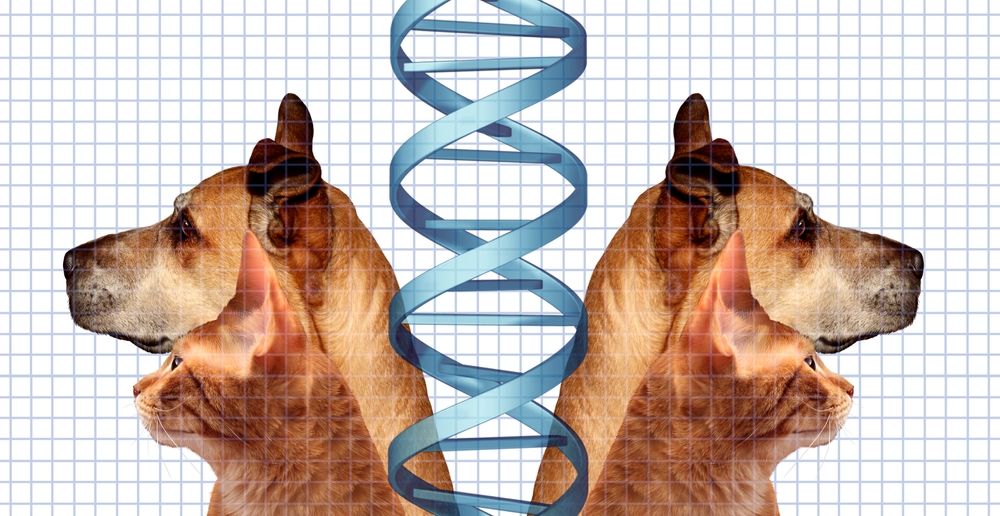Summary
- Pet cloning is a booming business globally, with Viagen cloning over 1000 pets in the USA alone.
- Cloning your pet can cost $50,000 for dogs or cats—the process is pricey.
- While clones offer genetic similarities, personalities are molded by experiences, making a new pet a better alternative.
I’m an avid animal lover, and I’ve always had a cat, a dog, or both at every point in my life. It’s always hard to say goodbye to a beloved member of your family, but for some people they’ll go to seemingly any length to avoid that loss.
Thanks to advances in science and technology, you can now legally clone your cat or dog. It’s not cheap, and it’s more complicated than it sounds, but if you really want to revive some part of your deceased pet—the option is there.
Pet Cloning Is Big Business
Globally, pet cloning is big business already, but perhaps more remarkably is how fast it’s growing. Try as I might, I can’t get a figure that everyone seems to agree on, but all the estimations I’ve read about the global value of the pet cloning market are demarcated in billions of dollars, not millions.
In China, interest in pet cloning is increasing sharply and reportedly there have been nearly half a billion pet cloning internet searches in the country. Which seems to indicate that people are at least very intrigued by the idea.
Viagen, which is currently the only company that can legally clone pets in the USA, has cloned over 1000 pets in the so far, according to CBS. Which may not sound like a lot, until you take into account that the company’s main business isn’t cloning pets, but preserving genetic material.

Related
23andMe May Be Sold, Here’s How to Delete Your Data
The only time when deleting your genome isn’t a bad idea.
It’s Also Extremely Expensive
Several leaps in genetics and biotechnology have really brought down the cost of this procedure. The first animal to be cloned from an adult—Dolly the sheep–costs millions of dollars in research and development.
Viagen will clone your dog or cat for $50,000 all-in. They’ll clone your horse for $85,000. That’s still a big pile of money, to be sure, but it’s orders of magnitude less expensive than the first successful cloning.
Of course, this is no object for people in a certain tax bracket who really can’t bear the thought of never seeing their beloved pets again. Also, as with all things science and technology, the process will likely get cheaper over the years, which means that more and more people will have to choose if they want to clone their pets.
Cloning Isn’t an Exact Science
While the method has been refined and various bugs have been ironed out, the fundamental process of cloning hasn’t really changed since Dolly. Healthy adult cells are extracted from the animal that’s to be cloned. Then donor egg cells have their nuclei removed and replaced with those from the animal that was sampled.
A surrogate animal is impregnated, and then nature takes its course. For the most part, humans are hand-off on the process, and it’s pretty much a normal, natural pregnancy. That’s also why it’s not completely predictable or reliable. The methods have improved so that the success rate is an order of magnitude higher, and defects in cloned animals are less common, but things can always go wrong. Not even taking into account those issues that are the specific result of the cloning process, such as potential genetic damage.

Related
I Let ChatGPT Choose Our New Household Pet and Here’s How It Went
What lizards are faster than a Shih Tzu and won’t be eaten by a Chicken?
You Should Understand What a Clone Is, and Isn’t
So you’ve paid to clone your pet, you’ve had a sample of cells preserved while they were still alive, and now you’ve gone ahead and had the clones made. I say “clones” because in 70% of cases you’ll be getting two genetic copies of your pet. That’s for the same reason that IVF pregnancies tend to result in twins, triplets, or even more. Enough eggs are implanted so that, on average, at least one will be successful, but of course, more than one can make it.
The question is, what are these animals? Genetically, they are identical twins to your original pet. Oh, by the way, your original pet doesn’t have to pass away first. You can have the clones made while the original is still alive, and they can even meet each other.
The thing is, genes are only a part of what makes up an individual’s personality and behavior. Sure, identical twins will have certain similar inherent temperaments and predilections, but the rest is governed by their environment and life experiences. So while your new cloned pets might be uncannily similar to their donor in some ways, they will never be exactly the same.
It’s Probably Better To Move On
The truth is that, unless we figure out how to clone memories at some point, you’re paying a fortune to create an animal that simply isn’t the being you grew to love. In my opinion, it makes more sense to save your money and build a relationship with a new animal. Maybe one that really needs a home, or faces being euthanized.
It can make a lot of sense to clone a prize-winning race horse, show dog, or rare breed, but as a replacement for a beloved pet, cloning falls short of fulfilling its promise. Grieving a pet and eventually accepting its loss is a normal and healthy part of life. We want our children to learn that death is part of life, so why forget that lesson? I’m all for technology that helps us live longer, healthier lives. If we could actually abolish aging, sickness, and death through technology one day, I’m all for it. But, cloning as it stands now doesn’t do any of that. It’s just a brand-new dog with an old dog’s face. You can teach it new tricks, but none of the experiences you shared with its donor remain.







